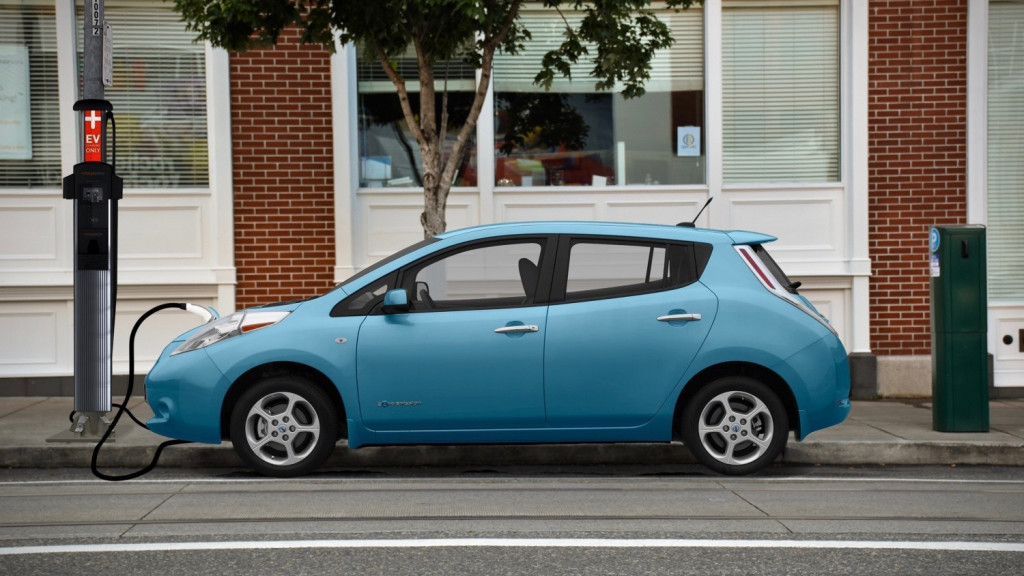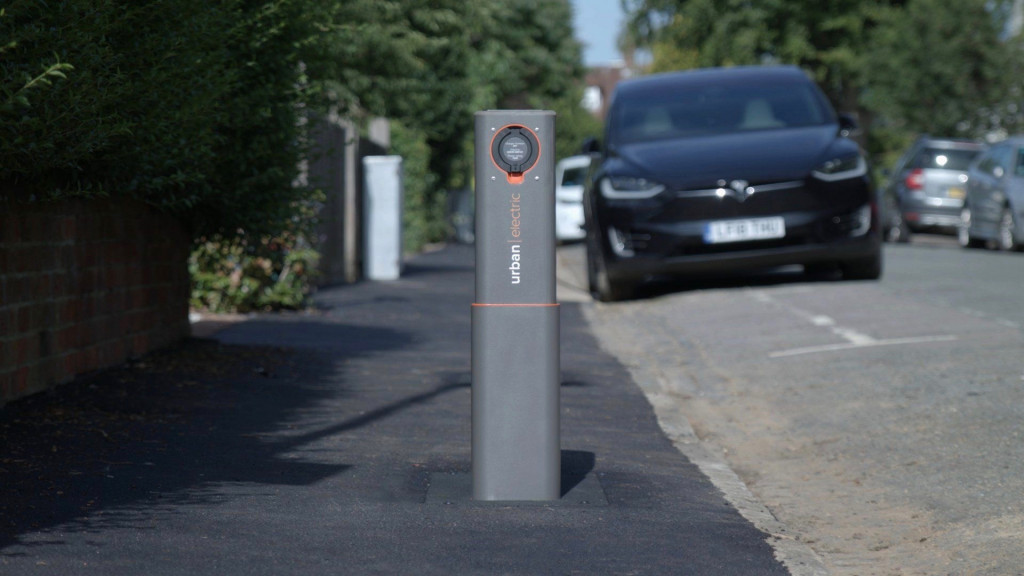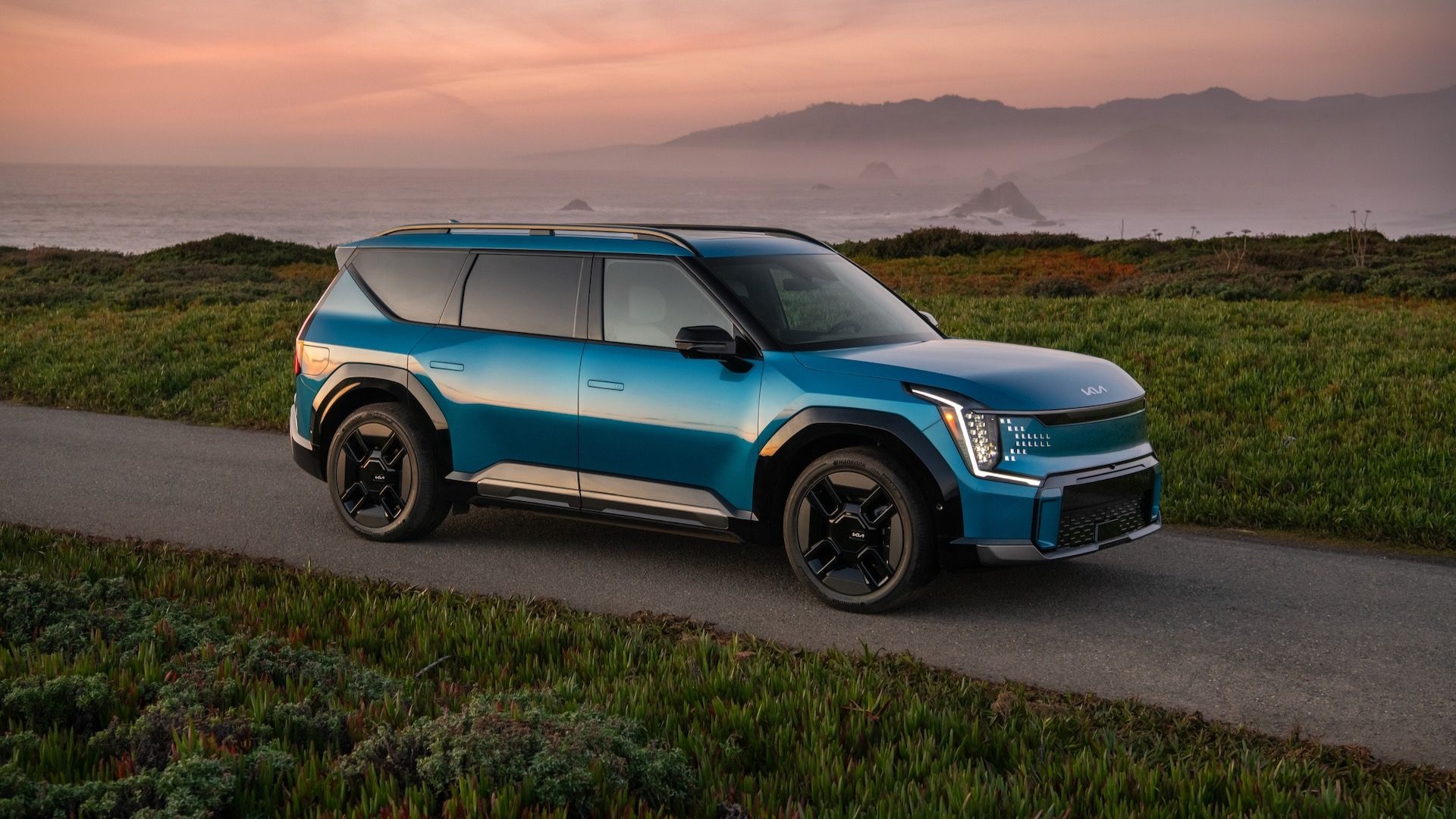South Korea's capital plans to install more than 200,000 EV chargers over the next four years in order to support a shift away from internal-combustion vehicles.
Most of the city of Seoul's nine million-plus residents use the subway or buses, and the city was a pioneer in highway removal, but there are still around four million registered cars and motorcycles in the city, according to Fast Company. By 2026, officials want 400,000 of these vehicles to be electric.
Those officials estimate that 140,000 chargers are needed to meet that goal, but they plan to install 220,000 to ensure that residents will never be more than a five-minute walk from one, according to the report.

Proposed streetlight charging station for Kansas City (via Kansas City MEC)
As with other major cities, public charging infrastructure is especially important to EV adoption in Seoul because most residents live in apartment buildings without designated spaces to install a private home charger. But space in any major city is always at a premium.
Seoul's solution is mix of conventional chargers installed at gas stations and parking spaces, as well as chargers embedded in building walls or streetlights. The city has already been pretty successful in adding charging infrastructure. The number of public chargers increased from 8,000 in 2020 to 20,000 in 2021.
Seoul also has a "green transport zone" that restricts access for the most polluting older vehicles; those same vehicles will be banned from the city beginning in 2025. By 2035, Seoul plans to end registrations for new internal-combustion cars, and wants to ban them from driving on city streets by 2050.

Urban Electric pop-up street-side charging hubs in Britain
While other cities haven't announced such ambitious plans for EV shifts, many are looking at creative ways to improve charging infrastructure.
Seattle is helping residents by installing streetside charging on request. Streetlight charging has also been proposed for United States cities, while British firm Urban Electric has shown sidewalk chargers that tuck away for pedestrian access.
And while the future of highway fast-charging might involve some cohesive design resembling a new kind of rest area, in-the-city charging may require all sorts of different approaches together.












